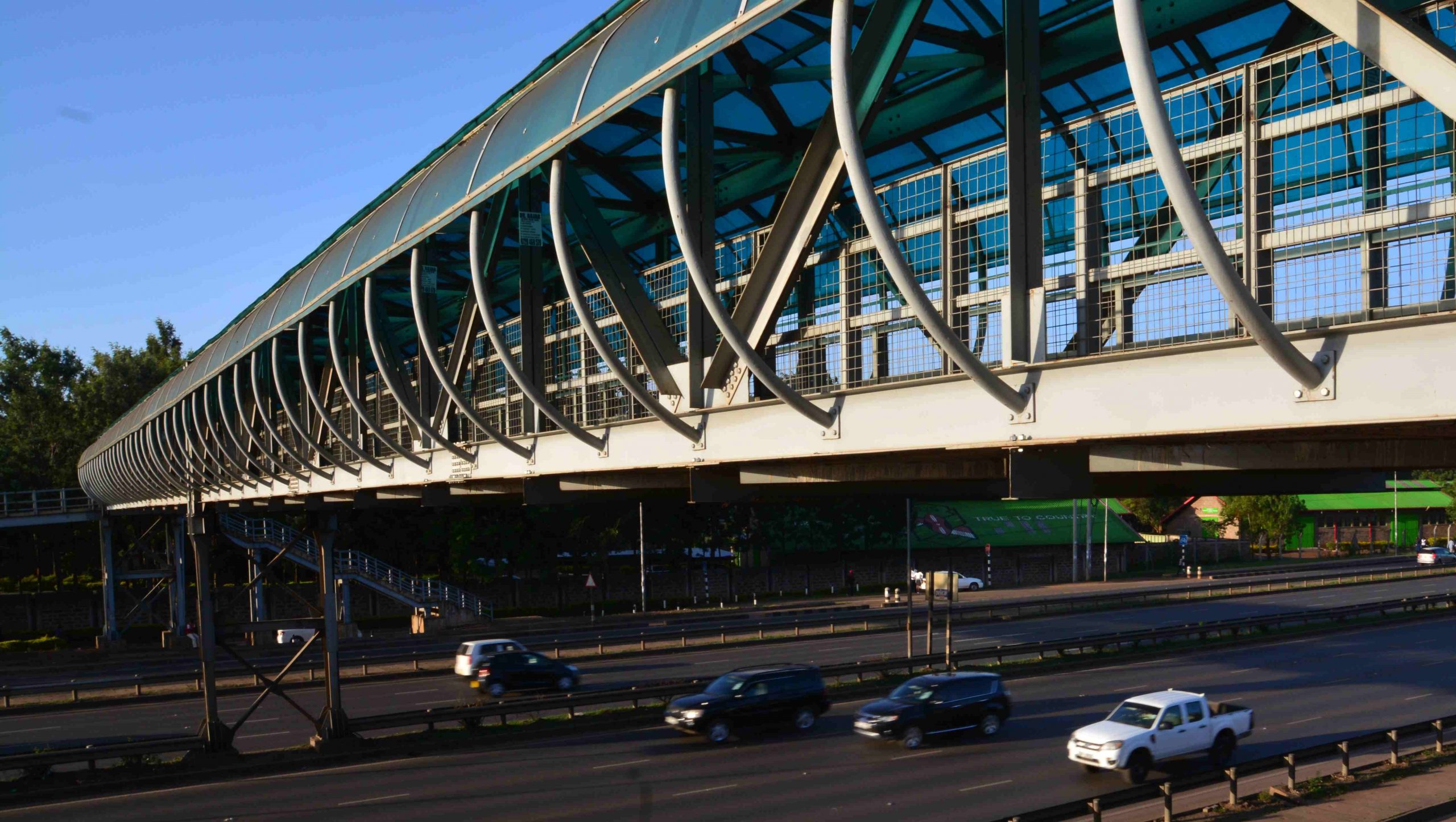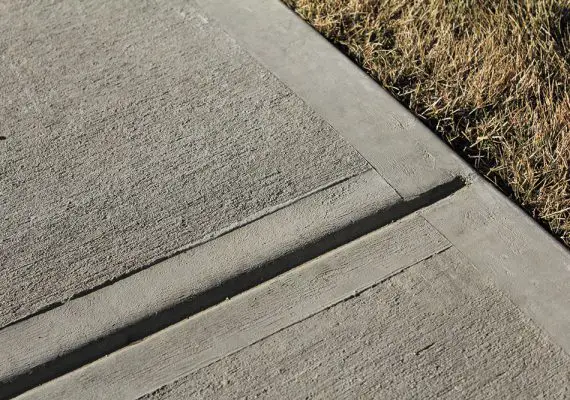What Does Brick Spalling Mean In Construction?
What Does Brick Spalling Mean In Construction?
Brick spalling is the process of deterioration in concrete and bricks that results in pitting, flaking, delaminating, or cracks appearing on the surface. This is caused by moisture trapped inside the brick when temperatures drop below freezing.
Common causes of spalling bricks include water erosion, poor drainage, improper bricks placed at or below grade level, and embedded steel reinforcement bars corroding due to exposure to water and air.
Spalling can have serious implications for a building’s structural integrity and can lower its value due to its appearance of neglect.
To prevent spalling from occurring, it is important to install proper drainage systems and use materials that are resistant to water damage such as Ceramitex – Sintered Ceramic Facade System.
What Effect Does Spalling Have On Brickwork?
Spalling is a type of damage to brickwork caused by moisture penetration, which can lead to the surface of bricks breaking away from the main body. This can result in aesthetic damage, as well as structural damage that requires costly repair work.
Spalling is often caused by the use of cement pointing over soft lime mortar joints, which allows interstitial moisture to escape and causes bricks to become more porous and vulnerable to spalling.
It can also be exacerbated by nitrate emissions from diesel vehicles, which create nitric acid and attack brickwork. If spalling has already occurred, damaged bricks can be replaced but the cause of the moisture should also be identified and addressed. Spalling is a serious issue that can cause
What Is The Difference Between Cracking And Spalling?
The main difference between cracking and spalling is the cause of the damage. Cracking is caused by shrinkage due to rapid moisture loss while spalling is caused by expansion from deeper within the concrete.
Shrinkage cracking is caused by rapid drying of the concrete surface by wind or high heat while spalling can be caused by freeze-thaw cycles, deicing chemicals, incorrect concrete mix, rebar corrosion, high heat, heavy loads, and impact tools.
In addition, spalling can also be caused by thermal contraction due to cooling at the surface which causes tensile stresses that exceed the tensile strength of the concrete.
What Are The Causes Of Spalling?
Concrete spalling is the breakdown of concrete via natural weathering and/or chemical reaction that results in flakes of material breaking off from a larger solid body.
Common causes of spalling include freeze-thaw cycles, Alkali-Silica Reactions, exposure to deicing chemicals, improper placement of concrete and its reinforcing, electrochemical (galvanic) reactions between embedded metals within the concrete, and rapid drying.
Spalling can have wide-ranging effects on structures including concrete-framed buildings, multi-story car parks, bridges, jetties, tanks, and bunds. It can also reduce the cross-sectional area of a concrete member due to delamination and spalling which weakens it.
Repair options for spalled concrete include patch repairs with air entrainment to provide resistance to freeze-thaw cycles, CPT PatchGuard™ Connect anodes installed in drilled holes in a grid pattern to prevent further spalling in contaminated areas, and other methods such as shot blasting or grinding.
Prevention measures include using the correct concrete mix with air entrainment to provide resistance to freeze-thaw cycles and avoiding overwatering or poor finishing which can cause a weak surface susceptible to damage.
How Do You Fix A Spalling Wall?
The most common method for repairing spalling in horizontal surfaces is to resurface and seal the surface with a resurfacing solution. Spalling can be caused by freeze-thaw cycles, de-icing salts, poor finishing techniques, improper curing, or a bad concrete mix.
To repair spalling on vertical surfaces such as basement walls, it is necessary to cut into the concrete around the affected area and apply a patching solution. For driveways and sidewalks, it is possible to repair spalled concrete without completely removing the old concrete.
For shallow spalling damage (less than 1/3 of the concrete’s thickness), a surface repair may be sufficient. This involves cleaning the spalled area and applying a color matching compound.
For deeper damage, steel bars may need to be installed before applying a patching material. It is also important to seal the finished surface with a waterproofing sealer in order to prevent further moisture-related spalling.

